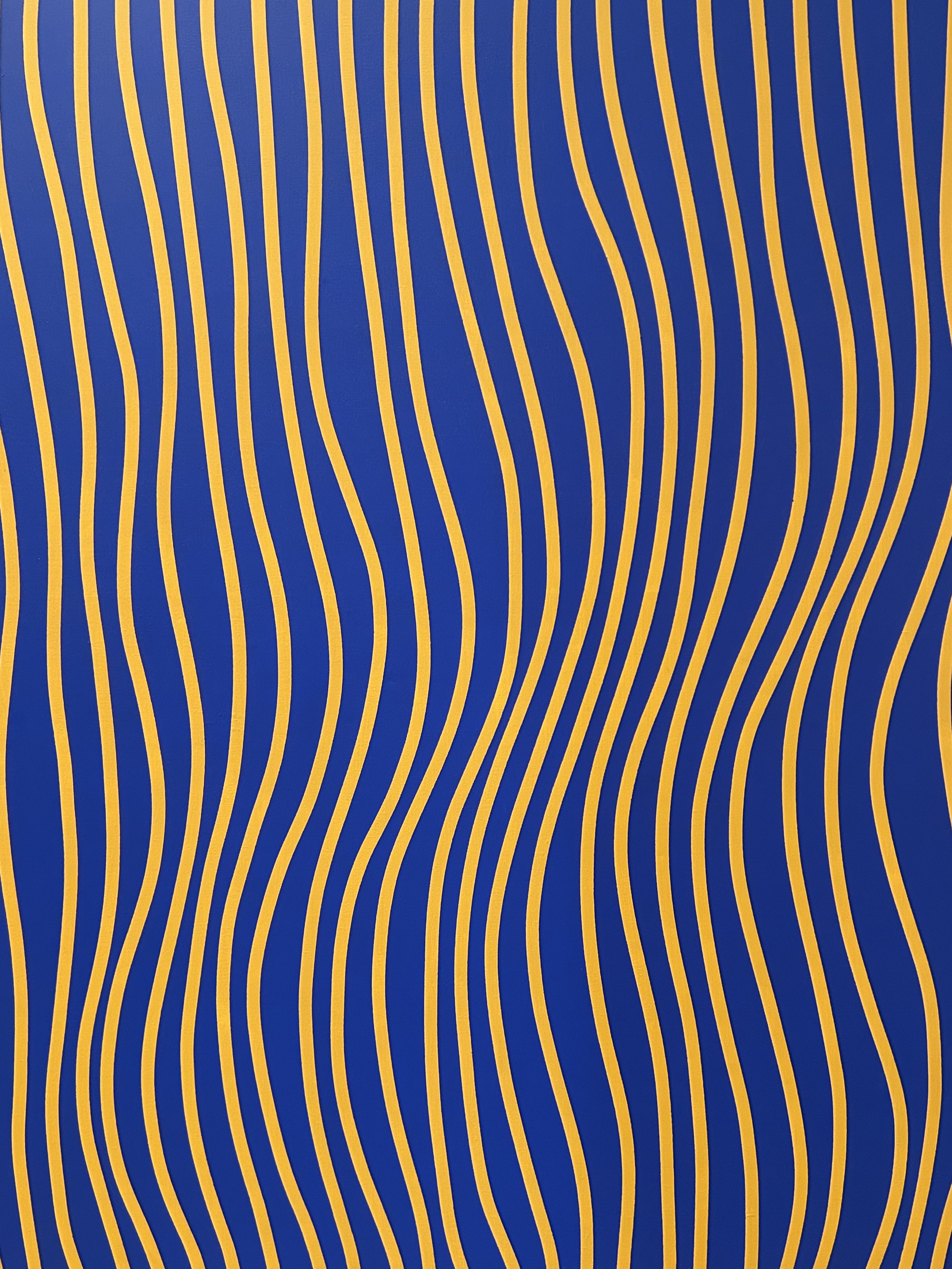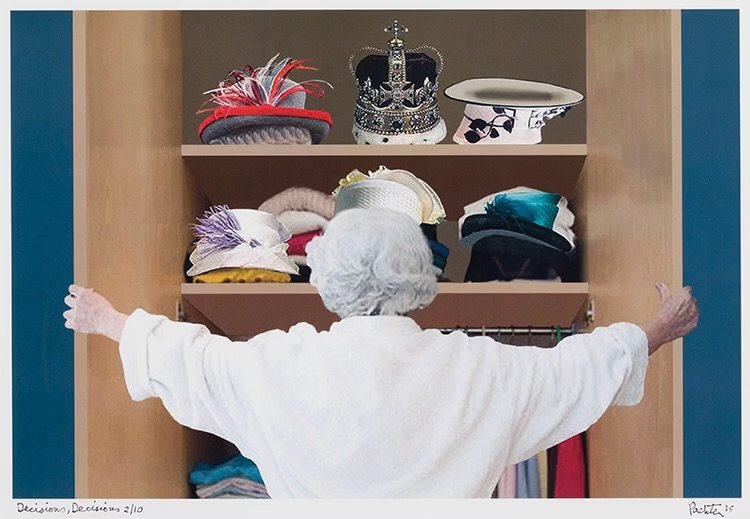
Artist Inventory and Estate Planning
In estates, the tax rules governing professional artists and their art are both enabling and complex. On the enabling side of the ledger, art is treated as inventory for tax purposes, which means works can have a NIL value. Sales, however, are fully taxable as income, not capital gains. On the complex side of the ledger, among other issues, artists need to take extra care planning estate donations to charity for tax and legacy reasons. April 2023

Deaccessioning Donations of Art
Deaccession. It’s a word that brings chills to donors and would-be donors of art to public galleries. The ingratitude. The betrayal. How can they sell my gift, my art?! To deaccession is, in conventional curatorial thinking, to break trust with donors. It chases them away…

Exporting Canadian Art
Like most countries, Canada has a cultural property regime designed to protect art and objects of cultural significance. Inspired by UNESCO Convention (1970), cultural property must get clearance from the Canadian Cultural Property Export and Review Board (CCPERB) before it leaves the country. Outdated elements of this important system are creating challenges for Canadian art dealers and estates.

The National Gallery of Canada’s Purpose
At the recent opening of the new Indigenous and Canadian Art Galleries at the National Gallery of Canada (NGC), Director Marc Mayer made a fascinating throwaway comment. Due to the inclusion of historical objects and artifacts made by Canadian indigenous people NGC had to redraft its legal purposes. In other words, the Gallery is acting ultra vires — beyond its powers — by displaying indigenous artifacts.

How to Donate Art
I get a lot of inquiries from clients with art or collectibles that they want to donate – sometimes during life and sometimes as part of an estate plan. These long-term collectors often believe a public gallery, museum or educational institution is the best “one stop” destination for their collection. Another motivation is a donation is perceived to be easier than a sale, which isn’t always correct.

The Art Collector and the Tax Deal
Douglas Duncan was a pioneering Canadian art dealer and ambitiously hapless businessman. Known as the dealer and artistic executor of artist David B. Milne, he was legendary for his unopened mail, uncashed cheques and, yes, of course, failure to write a will.

Art Copyright and Estates
Ernest Gambart was a pioneering art dealer and showman in Victorian England who uncovered the value of art copyright. His specialty was a triple play. First, he mounted an exhibition (typically a single painting such as William Powell Firth’s The Derby Day); second, the sold the work; and third, he produced prints for sale after securing the copyright. Unlike contemporary dealers, his biggest revenue generator wasn’t the sale of the painting. It was the prints and exhibition tickets.

Artist Foundations
In Canada, the tradition of the artist foundation is not as well established. There are a few small and mighty gems such as Fondation Guido Molinari in Montreal, but it’s an underdeveloped part of the Canadian estate planning and philanthropic landscape.

Donor Recognition: Servants, Saints and Superheroes
In 15th and 16th century Europe donor recognition was negotiable. The biggest donors gave to the church, but the best way to be recognized in a durable way was to underwrite religious art.

Best Laid Plans: The Sculpture Fund
Frances Loring (1887–1968) and Florence Wyle (1881–1968) were Canadian sculptors and life partners. In 1963 they prepared mirror wills to “assist and encourage Canadian Sculpture” through a testamentary trust, The Sculpture Fund.

Loosening Standards for Charitable Property
A crisis may change long-held views. In reaction to the devastating economic effect of COVID-19 a couple of regulators have loosened their rules related to two different types of charitable property. Will these changes be temporary or will they lead to long-term change? And what effect does it have on estate donations?

Cultural Property Donations: Update
The charitable tax incentives for donations of certified Cultural Property – art and artifacts – is the richest in Canada. Cultural Property donations are exempt from capital gains tax and can be claimed against 100% of the donor’s net annual income over up to six years. The incentive is part of a complex regime that temporarily went off the rails due to a battle over a French Impressionist painting.

Estate Donations that don’t get made
John Quinn was a corporate lawyer and Wall Street titan. A bachelor known for his many lovers, Quinn was also America’s first great modern art collector and tireless public champion. He was a friend of literary and art legends like Picasso, WB Yeats, and Joseph Conrad. Quinn died in 1924 of cancer with an 8-year-old Will. He was 54…

Estate Donations of Art
Fine art is an asset class that has been growing in importance among the affluent and is beginning to be a significant part of certain estate plans. One estimate pegged the international art market at €51 billion in 2014, and Canada has seen record prices at auction.

Art and Fair Market Value
Fall art auction week in Toronto is just past. The biggest is run by Heffel Fine Art Auction. The results for the two Heffel auctions illustrate the challenge of determining fair market value in art. The auction catalogue listed a number of estates and charitable foundation as consignors. Clearly art valuation issues affect estate planning.

Cultural Property Tangle: Export v. Donation
How can an export permit affect charitable giving? Quite easily if you are dealing with a foreign art work deemed “cultural property” under Canada’s Cultural Property Export and Import Act (CPEIA).

Elegy in a Hong Kong Churchyard
I am drawn to cemeteries. Even on vacation they pull me in. What I find compelling is the stories they tell, although individual stones are often frustratingly vague. The stories are most eloquent when they are layered on top of each other — leaving traces of complex, lost communities.